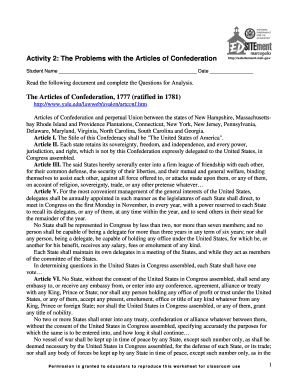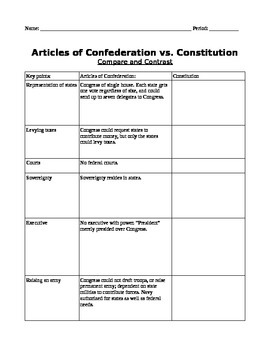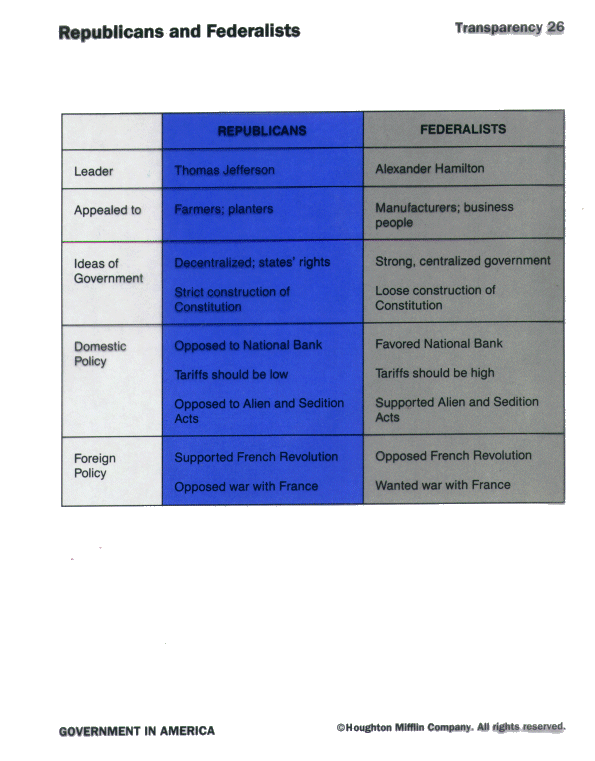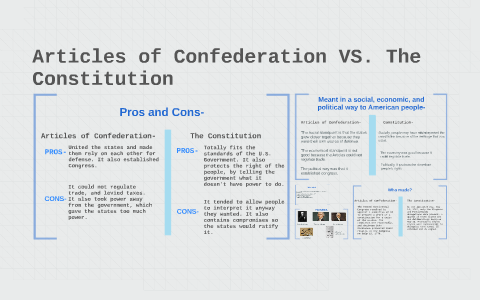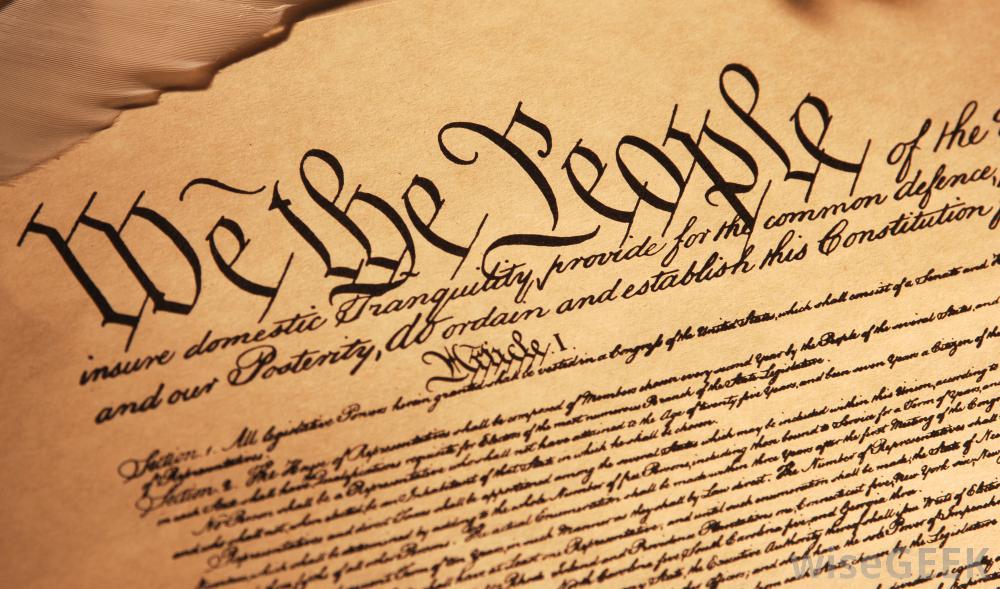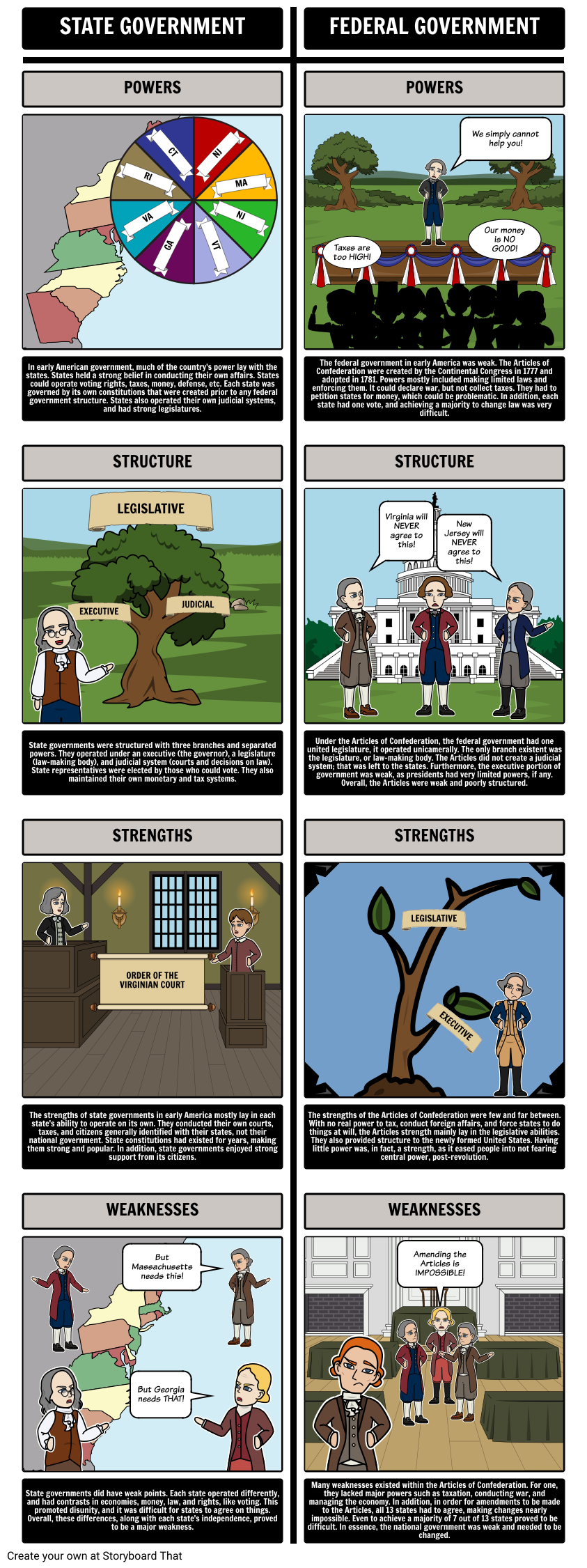The Articles of Confederation and the Constitution are both important documents in the history of the United States. They were both written in the late 18th century, with the Articles of Confederation being adopted in 1781 and the Constitution being adopted in 1787. Despite being written only a few years apart, these two documents are very different in their content and purpose.
The Articles of Confederation were the first attempt at a national government for the United States. They were written in response to the need for a unified government during the Revolutionary War, and were intended to serve as a loose alliance between the 13 states. Under the Articles of Confederation, each state retained a large degree of sovereignty and there was no national executive branch or judicial branch. The national government consisted only of a unicameral Congress, which had the power to declare war, make treaties, and regulate trade between the states.
However, the Articles of Confederation proved to be inadequate for the needs of the young nation. The national government had no power to tax or regulate commerce, which made it difficult to fund important functions such as national defense. Additionally, the lack of a national executive branch made it difficult to enforce laws and policies, and the lack of a national judicial branch meant that there was no way to resolve disputes between the states. As a result, the government was often weak and ineffective, and the states often acted independently of each other.
The Constitution was written in response to these problems with the Articles of Confederation. It was designed to create a stronger and more centralized national government, while still protecting the rights and sovereignty of the states. Under the Constitution, the national government was divided into three branches: the legislative branch, the executive branch, and the judicial branch. This separation of powers was intended to prevent any one branch from becoming too powerful.
The Constitution also granted the national government certain powers that were not granted under the Articles of Confederation. These included the power to levy taxes and regulate commerce, as well as the power to establish a national currency. Additionally, the Constitution created a system of checks and balances between the three branches of government, which was intended to prevent any one branch from gaining too much power.
In conclusion, the Articles of Confederation and the Constitution are two important documents in the history of the United States. While the Articles of Confederation were the first attempt at a national government, they proved to be inadequate for the needs of the young nation. The Constitution was written as a response to these problems, and created a stronger and more centralized national government that was better equipped to meet the needs of the country.
The Articles of Confederation and the Constitution are two important documents in the history of the United States. Both documents were created to establish a system of government for the young nation, but they differ in several key ways.
The Articles of Confederation were adopted in 1781 and served as the first constitution of the United States. The Articles established a federal government that was made up of a unicameral Congress, in which each state had one vote. The federal government had very limited powers under the Articles, and the states retained a great deal of autonomy. The Articles also did not provide for a chief executive or a judiciary, leaving those functions to the states.
Despite its limitations, the Articles of Confederation were effective in unifying the states and helping them to work together to win the American Revolution. However, as the nation grew and the economy developed, it became clear that the Articles were not sufficient to meet the needs of the country.
In response to these challenges, the Constitution was adopted in 1787. The Constitution established a stronger federal government that included a bicameral Congress (made up of the Senate and the House of Representatives), a chief executive (the President), and a judiciary (the Supreme Court and other federal courts). It also granted the federal government greater powers, including the ability to levy taxes, regulate commerce, and raise an army.
One of the key differences between the Articles of Confederation and the Constitution is the balance of power between the federal government and the states. Under the Articles, the states held a great deal of power and the federal government had very limited authority. The Constitution, on the other hand, established a more balanced system in which the federal government and the states both have powers and responsibilities.
Another important difference is the way in which the two documents were ratified. The Articles of Confederation were ratified by the states, with each state having one vote in the process. The Constitution, on the other hand, was ratified by special conventions in each state, with the votes of each state being determined by the population of that state. This gave more power to the larger states and helped to ensure that the Constitution was more representative of the will of the people.
In conclusion, the Articles of Confederation and the Constitution are two important documents in the history of the United States. While both documents were created to establish a system of government for the young nation, they differ in several key ways, including the balance of power between the federal government and the states and the way in which they were ratified. Despite these differences, both documents have played a crucial role in the development of the United States as a nation.
